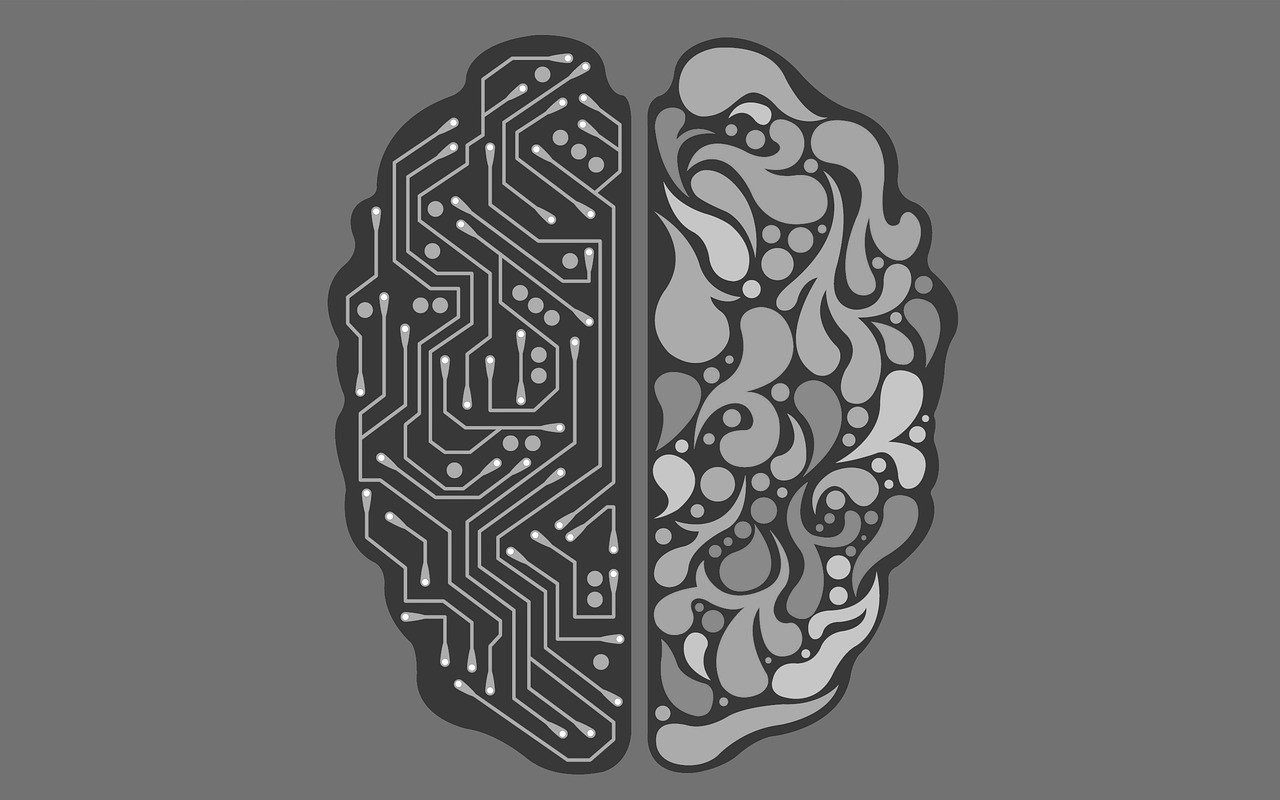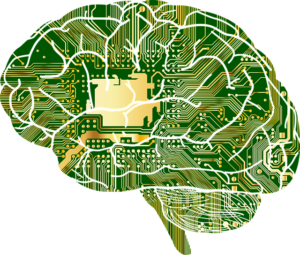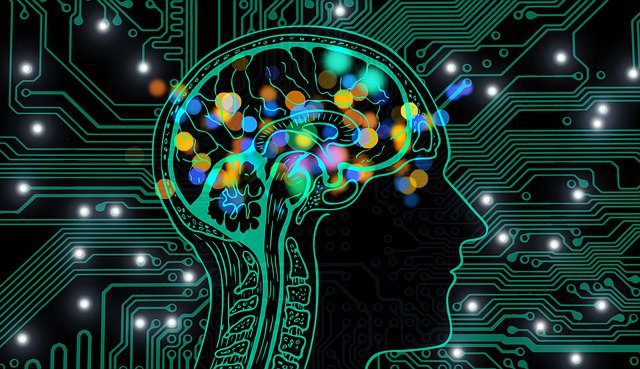Artificial Intelligence(AI) vs. Machine Learning(ML)
Technology that Solves Problems

For many years now, we have all heard of the concept of Artificial Intelligence (AI), and how it is rapidly growing in today’s day and age. Many common misconceptions have been made throughout the years about AI and its subparts such as Machine Learning (ML). So, to better understand AI and Machine Learning, we thought we would break it down, and dive deep into all of its parts and purposes before seeing how AI and ML differentiate in their specific categories.

What is Artificial Intelligence(AI)?
Artificial Intelligence in basic terms is a machine that has been programmed to think and mimic people. Artificial Intelligence grants a digital computer or computer operated robot the ability to perform tasks similar to the way a human would. In other words, AI can make a machine particularly computer operated machines more human-like by imitating human behavior.
At its most simplistic form, AI combines computer science and data sets to problem solve. AI frequently is applied to the developing systems with the intellectual processes and characteristics of humans, such as the ability to reason, discover meaning, generalize, or learn from past experiences to get a better end result and solve issues.
Despite the fear that many have developed when it comes to AI, AI is a wonderful tool in growing a business and making everyday life easier and more efficient. AI can help businesses grow and flourish by streamlining processes and uncovering data to help produce better business decisions and strategies. It is also capable of helping businesses to maintain a competitive edge.


What is Machine Learning(ML)?
Machine Learning is actually a branch and subpart of AI. Machine Learning is the science of programming computers so they can learn from the data captured by AI. Machine Learning teaches computers and computer operated robots how to learn, without the need to be programmed for specific tasks. If we think of it this way, AI is the head and the body, while Machine Learning is the brain that thinks, processes, learns, and then does.
Machine Learning works by feeding data, data science and information in the form of observations and real-world interactions, to help make things run more smoothly and efficiently. In everyday occurrences we witness Machine Learning such as social media feeds. Notifications, what you see first on your feed, what is being advertised on your feed, who appears on your feed, is all run by AI and the Machine Learning ability is what caters to one’s specific interests, wants and needs, all happening behind the scenes. Even streaming services such as Netflix and Youtube use Machine Learning when the services suggest shows or music for you to listen to, based on what you have previously have watched or listened too.
As mentioned above, AI is a powerful tool in growing and sustaining a business, but Machine Learning is where the personalization comes into view. Through Machine Learning, a business is able to interact with individuals, and make better estimates on what the needs and wants are for the company or organizations.

Artificial Intelligence vs. Machine Learning
Now that they have both been defined and put under a microscope, let’s see what differences there are when we put side by side in true vs. nature.
| Artificial Intelligence | Machine Learning |
| Technology that enables a machine to simulate human behavior. | A subset of AI that allows a machine to automatically learn from past data without programming. |
| The goal is to make a smart human-like system to solve complex problems. | The goal is to allow machines to learn from data so that they can give accurate output and results. |
| Machine learning and deep learning are the two main subsets. | Only deep learning is a subset. |
| Working to make an intelligent system that performs various complex tasks. | Works to make machines that can perform only specific tasks that it has been trained to do. |
| AI can be divided into three types: Weak AI, General AI, and Super AI. | Can be divided into three types: Supervised learning, Unsupervised Learning, and Reinforcement Learning. |
| Wants to improve and maximize the chances of success. | Concerned about accuracy and patterns to get results from data. |
| Exclusively works with Structured, Semi-Structured, and Unstructured data. | Works only with Structured and Semi-Structured data |
| Includes learning, reasoning, and self-correction. | Includes learning and self-correction when introduced with new data input. |
| Designed by people to perform any task like a human. | Taught by people with data input to perform a specific task and results. |
Artificial Intelligence, in short, is capable of helping a business grow, by imitating human behavior. AI has a very wide scope, that is capable of performing tasks that the human mind would take longer to do in the matter of seconds. Whereas Machine Learning is a subset of AI, and focuses more on data, giving it a much slimmer scope to work through. At the end of the day, AI and Machine Learning can help a business and organization run more efficiently and raise the chances of success.
